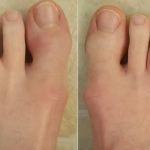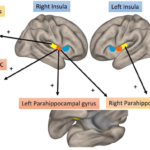Although a patient may have just one affected digit, that doesn’t necessarily change Dr. Mease’s treatment decision.
“Because even if the patient has a single dactylitic digit, if they happen to be a violinist for the New York Philharmonic, one dactylitic digit is going to have a huge impact on their ability to perform,” he said. “So it’s not so much whether it’s a single or just a couple of digits or joints, but the impact on the patient.”
Precision medicine now and in the future may help reveal why some patients respond to certain types of medications. “We’ve got multiple groups looking for biomarkers that can help steer us,” Dr. Mease said.
This approach will be better than “throwing a dart against the wall” or having insurance steer the patient toward a treatment solely for economic reasons.
When asked about methotrexate in combination with tumor necrosis factor inhibitors for patients with PsA, Dr. Mease said he usually avoids this combination because these patients are often obese, which makes fatty liver and elevated transaminases more common.
“If you add methotrexate to the mix, you can have more liver injury,” he said.
In Dr. Mease’s practice, patients with PsA tend to have good results with biologics, as well as newer targeted oral medications. “Also, we don’t see anti-drug antibody development with some of the newer mechanisms, such as interleukin (IL) 17 and IL-23 inhibitors,” he said.
Some emerging areas of interest include the use of more than one biologic or targeted oral medicine for more refractory patients. Another emerging area of dual therapy is the use of an immunomodulatory medicine along with one of the new weight loss drugs in the GLP-1 receptor agonist group.
“We know that patients who are overweight are less likely to achieve low disease activity or remission with our current treatments. When patients use these drugs, it is not just being a lower weight that is beneficial, but these treatments appear to have a direct beneficial immune moderating effect,” Dr. Mease said.
Multidisciplinary Work
Dr. Mease reminds rheumatologists that it takes a village to treat someone with PsA.
“It’s very important to be able to have a friendly gastroenterologist, dermatologist, ophthalmologist or psychologist down the hallway to work closely with,” he said.
This collaboration may help target inflammatory bowel disease, uveitis or other concomitant issues. This collaboration also becomes important when choosing the right medication mix to prescribe.



